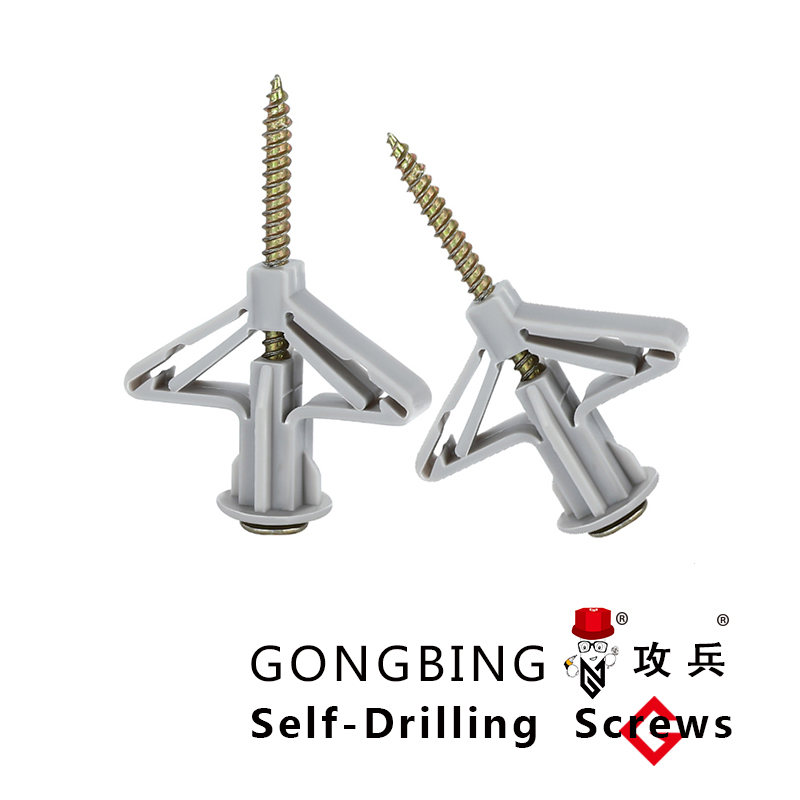l type foundation bolt
Understanding L-Type Foundation Bolts A Key Component in Construction
L-type foundation bolts, also known as L-bolts, play a crucial role in the structural integrity of buildings and bridges. These essential components are used to anchor structures to their foundation, ensuring stability and strength. In this article, we will explore the significance of L-type foundation bolts, their applications, materials, and installation methods.
What are L-Type Foundation Bolts?
L-type foundation bolts are characterized by their distinct ‘L’ shape, which consists of a long shaft that ends in a horizontal portion, forming a right angle. This design allows the bolt to secure itself firmly into concrete or other materials, providing a strong anchor point for various structural elements. These bolts are available in various sizes and lengths, making them versatile for different construction projects.
Applications of L-Type Foundation Bolts
L-type foundation bolts are widely used in various construction applications, including
1. Structural Support They are used to anchor columns, beams, and other vertical supports to their foundations. This ensures that structures can withstand vertical and lateral loads, including those caused by wind, earthquakes, and other environmental factors.
2. Base Plates L-bolts are commonly utilized in conjunction with base plates to secure machinery, equipment, and other heavy structures. This is particularly important in industrial and manufacturing settings where equipment stability is critical.
3. Precast Concrete Elements In projects involving precast concrete panels, L-type foundation bolts are used to connect these panels to the foundation, allowing for quick assembly and robust structural performance.
4. Bridges and Infrastructure L-bolts are also instrumental in bridge construction and infrastructure projects, providing the necessary anchorage for various components that contribute to the overall stability and safety of the structure.
Materials Used for L-Type Foundation Bolts
The material selected for L-type foundation bolts is pivotal for their performance and longevity. Common materials include
l type foundation bolt

- Carbon Steel This is the most widely used material due to its strength, ductility, and cost-effectiveness. However, it may require protective coatings to prevent corrosion, especially in outdoor or harsh environments.
- Stainless Steel For applications where corrosion resistance is critical, stainless steel L-bolts are preferred. They are ideal for marine environments or areas with high humidity and chemical exposure.
- Galvanized Steel This is carbon steel that has been coated with zinc to enhance corrosion resistance. Galvanized L-bolts are often used in outdoor constructions where exposure to the elements is a factor.
Installation of L-Type Foundation Bolts
Proper installation of L-type foundation bolts is essential to ensure their effectiveness. The installation process typically includes the following steps
1. Site Preparation The area where the foundation will be laid must be cleared and leveled to provide a stable base for the bolts.
2. Placement L-bolts are positioned in the wet concrete before it sets. The horizontal portion of the bolt is embedded in the concrete while the shaft remains exposed for connection purposes.
3. Alignment Careful attention must be paid to the alignment of the bolts to ensure that they are positioned correctly for the components they will secure.
4. Setting Once the concrete has cured, the bolts provide a solid foundation for the structure, capable of handling the necessary loads.
Conclusion
In summary, L-type foundation bolts are a vital component in modern construction, providing the necessary strength and stability to various structures. Understanding their applications, materials, and installation techniques is essential for engineers, contractors, and builders to ensure that projects are executed safely and effectively. As the construction industry continues to evolve, the significance of reliable anchoring solutions like L-type foundation bolts remains paramount in building durable structures that stand the test of time.
-
Weatherproof Plastic Expansion Anchors for OutdoorNewsJun.06,2025
-
Sustainability in the Supply Chain: Eco-Friendly TEK Screws ProductionNewsJun.06,2025
-
Load-Bearing Capacity of External Insulation FixingsNewsJun.06,2025
-
Double Head Bolts: Enhancing Efficiency in Industrial MachineryNewsJun.06,2025
-
Corrosion Resistance in Chipboard Screws: Coatings for Wholesale DurabilityNewsJun.06,2025
-
Butterfly Toggle Bolts : Enhancing Structural ResilienceNewsJun.06,2025
